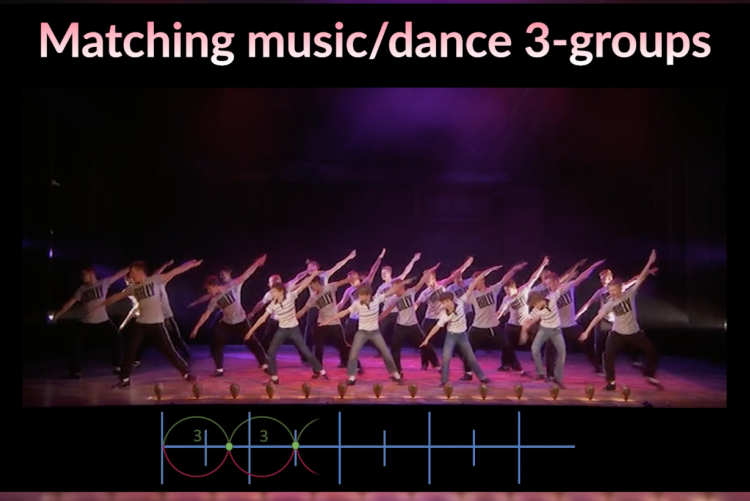SMT-V 9.3, “Interactions Between Music and Dance in Two Musical Theatre Tap Breaks” by Rachel Short, is now available at SMT-V.org.

Abstract:
How do sounds made by dancers interact with rhythmic sounds in the music? When does the relationship between them change? Like music, dance has patterns, or “groupings,” that we can hear and see, particularly in tap dance, where the dancer’s feet intentionally create rhythmic sounds. Typically, choreography involves rhythmic groups that directly correspond to musical rhythms. But sometimes, movement patterns are at odds with musical patterns—non-alignments caused through metric displacement, groups with conflicting sizes, or asymmetrical patterns. The rhythmic complexity of these conflicts between music and dance can increase energy, and changing relationships between music and dance patterns can mark distinct sections. This video explores examples from two Broadway-style tap dance breaks (“I’ve Got Rhythm,” from Crazy for You, and the finale of Billy Elliot Live) to show how dancers’ on-stage movements and rhythmic tap sounds combine with musical rhythms and phrases to generate momentum and delineate formal structure.
